How AI Is Transforming Cybersecurity?
4.9 out of 5 based on 9858 votesLast updated on 10th Jun 2025 19.7K Views
- Bookmark

Explore how AI is transforming cybersecurity, enhancing threat detection, and enabling faster responses to cyber threats.
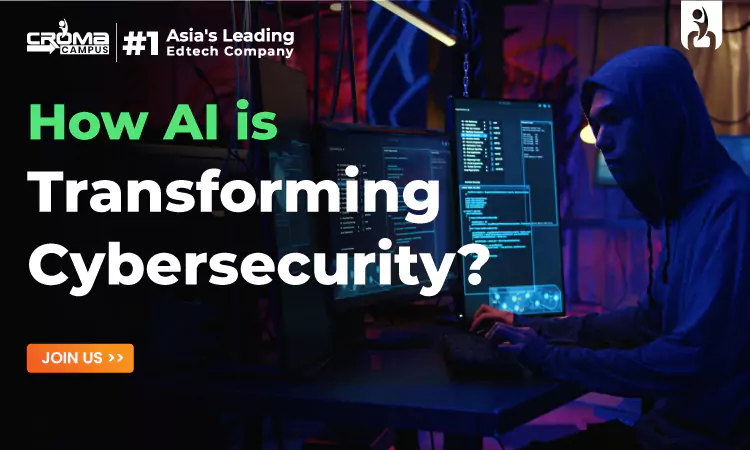
An Introduction How AI Is Changing Cybersecurity!
In cities like Delhi, digital systems are everywhere. Businesses are worried about security. This is why many learners are choosing a Cyber Security Online Course to understand how to protect digital systems.
In Delhi, startups and tech firms are using AI to fight new-age attacks. The city’s IT professionals now need to know AI-based security tools too.
How Cybersecurity Was Before AI?
Traditional security tools relied on rules to detect threats, working well only when they had a complete list of known dangers. When new malware or viruses appeared, these tools struggled to recognize and respond to them, making them ineffective.
This left human teams with the difficult task of searching for threats and responding to them. This process took a lot of time and created a gap where hackers could break into systems and steal sensitive data.
The sheer number of alerts was a major problem because there weren’t enough skilled workers to handle them all. This reliance on manual processes caused delays and created weaknesses in security. All these issues combined to weaken the security system, making it vulnerable to breaches.
What AI Brings to the Table?
AI uses machine learning (ML). It learns from data. Then it finds patterns. It can also notice things that don’t match the pattern. These are signs of a cyber threat. AI doesn’t wait for someone to respond. It can act on its own. It can block traffic, alert users, and stop malware before it spreads.
Some main benefits of using AI:
- It works fast.
- It detects unknown threats.
- It reduces false alarms.
- It learns and improves over time.
Real Use Cases of AI in Cybersecurity
Email Attacks: AI reads email content and checks for scam patterns. It uses Natural Language Processing (NLP). It spots fake emails, even when they look real.
User Behavior Tracking: AI watches how a person normally works. If behavior changes suddenly, AI marks it as risky. Example: A user logs in from a new place and downloads files quickly.
Fake Files and Malware Detection: AI studies how files behave, not just how they look. If a file acts strangely, it blocks it—even if the file looks clean.
Network Monitoring: AI scans all network traffic. It looks for anything unusual. It even finds hidden attacks.
In Noida, big companies like HCL and Infosys use AI tools to protect their cloud systems. The demand for skilled professionals is rising. Many learners are joining the Cyber Security Course in Noida to learn AI-powered tools.
How AI Improves Old Security Tools?
Here’s a quick view:
Security Area | Old Method | AI-Based Method |
Malware Detection | Signature-based | Behavior-based, dynamic |
Firewall | Manual rules | AI learns and updates rules automatically |
Threat Detection | Fixed alerts | Adaptive and context-aware alerts |
Response Time | Human intervention | Instant action via automation |
User Access Control | Static roles | AI-based behavior tracking |
AI-as-a-Service: A Growing Trend
Cloud platforms now offer AI tools for security. You can use tools like:
- Amazon Macie – Finds data leaks.
- Google Chronicle – Scans logs for threats.
- Microsoft Copilot – Helps analysts understand security events.
These tools are fast to deploy. They also reduce the need for big security teams. Many small and medium businesses in Noida now use these tools. They train their staff through the Cyber Security Course in Noida to understand how to use AI in real projects.
AI Can Be Dangerous Too
AI is powerful. But if used wrongly, it can harm systems.
- AI by Hackers: Hackers also use AI. They make smart malware that changes shape to hide. They create deepfake voices to trick people. They study how security AI works and try to fool it.
- AI Model Attacks: Attackers can poison the AI’s learning data.
- Fake Alerts: Attackers can flood systems with alerts. This hides the real attack. AI can help, but it needs clean data and regular checks.
Related Courses:
Machine Learning Online Classes
Ethical Hacking Online Training
Artificial Intelligence Online Training
How Students Can Prepare for AI in Cybersecurity?
AI is not replacing cybersecurity jobs. It is creating new roles. Today’s professionals must learn how to:
- Use AI tools for monitoring.
- Train ML models on threat data.
- Understand model predictions.
- Detecting errors in AI systems.
In Delhi, new-age cybersecurity training now includes Python, TensorFlow, and the basics of data science. The Cyber Security Course in Delhi focuses on labs that use real AI-based security tools. Learners work on projects like:
- Setting up an AI-based firewall.
- Creating alerts for email phishing.
- Training an ML model to detect ransomware.
AI in Incident Response and Automation
AI, instead of waiting for someone to react, can take action immediately. They can isolate the infected machines, stop harmful traffic, and alert the right teams. In large organizations, AI tools are connected with automation platforms like SOAR. These tools carry out the required steps without needing human help, saving time and preventing bigger damage.
Role of AI in Predictive Threat Intelligence
AI studies attack patterns and security reports from across the world. Then it uses that data to guess where the next attack might happen. This is called predictive threat intelligence. It helps teams fix weak areas in their system early. AI also shares updates across connected systems, making the full network better prepared.
Also Read These Posts:
Cyber Security Questions and Answers
AI-powered Cyber Threat Detection
Benefits Of Learning Cyber Security
How Do I Become A Cyber Security Professional
Cyber Security Importance In Digital Marketing
Benefits Of Cyber Security Certification
How AI Helps in Automating Routine Security Tasks?
AI can handle many repetitive tasks that security teams usually do manually. For example, AI can monitor network traffic, check for vulnerabilities, and run system updates automatically. AI can also improve these tasks by learning from past data and becoming more accurate over time. By automating these tasks, businesses can be more efficient and reduce the chances of human error, which is often a common cause of security breaches.
Key Points:
- AI learns from global attack trends
- Predicts future threats before they happen
- Identifies weak spots in systems
- Helps in making proactive defense plans
- Shares insights with other security tools
Conclusion
AI is transforming the way we secure our virtual world. AI assists in detecting threats at an early stage and even in predicting what may occur next. In Delhi and Noida, numerous businesses are beginning to adopt AI for enhanced security. Due to this, learning AI in cybersecurity is more crucial than ever.
Whether you are a novice or an expert, understanding how AI enhances security will be a great asset. Equipped with the right training, you can be part of helping make the internet secure for all.
FAQs
Can AI detect new forms of cyberattacks?
- Yes, AI is capable of detecting abnormal behavior within systems even if it hasn't encountered that particular attack previously.
How does AI interact with security programs like SIEM?
- AI assists security devices by rapidly processing large amounts of data and emphasizing the most significant threats.
How is AI used in reading phishing emails?
- AI is able to examine emails and messages, detect the presence of scams or fraud, and assist in preventing attacks.
Is it possible for hackers to use AI to fool security systems?
- Yes, hackers can attempt to mislead AI systems, causing them to overlook actual threats or misinterpret innocent actions.
Can I develop my own AI system for cybersecurity?
- Yes, you can train basic AI models using free tools that can assist in detecting basic online threats.
Subscribe For Free Demo
Free Demo for Corporate & Online Trainings.
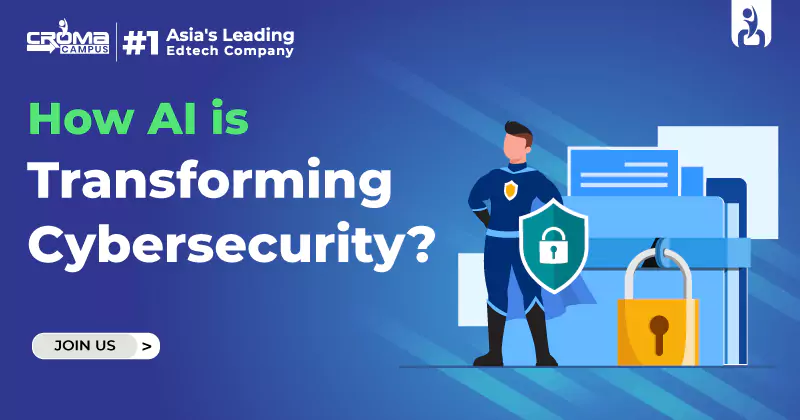
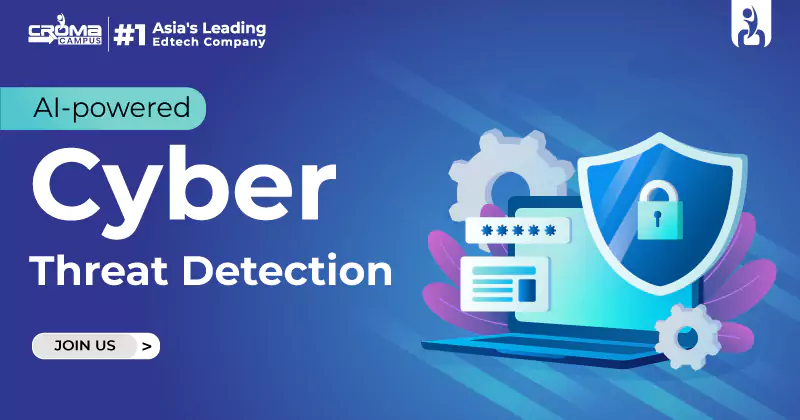
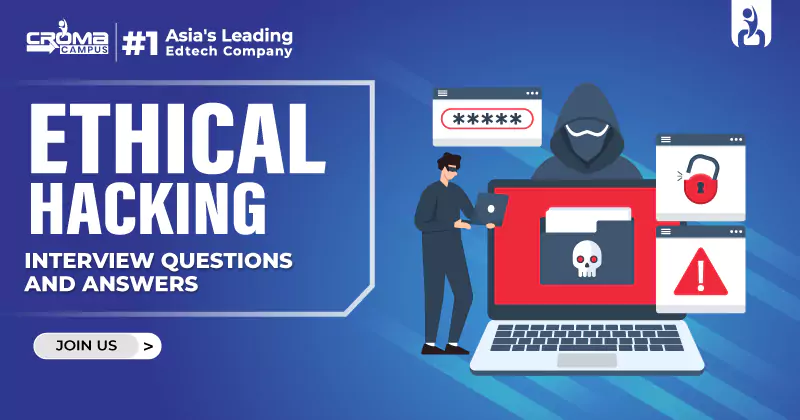



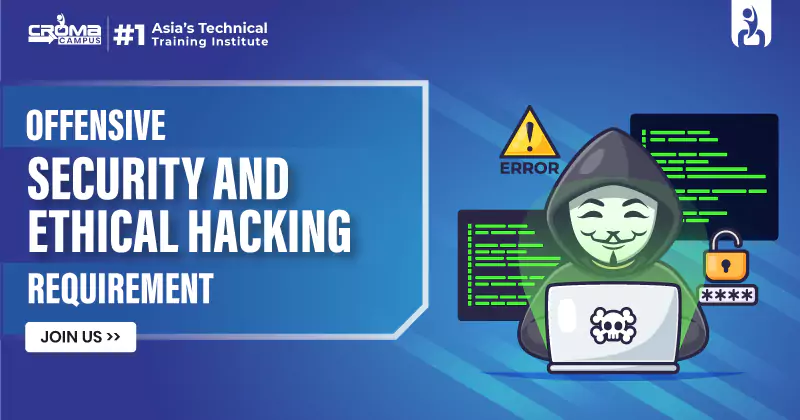


















.webp)

.png)















